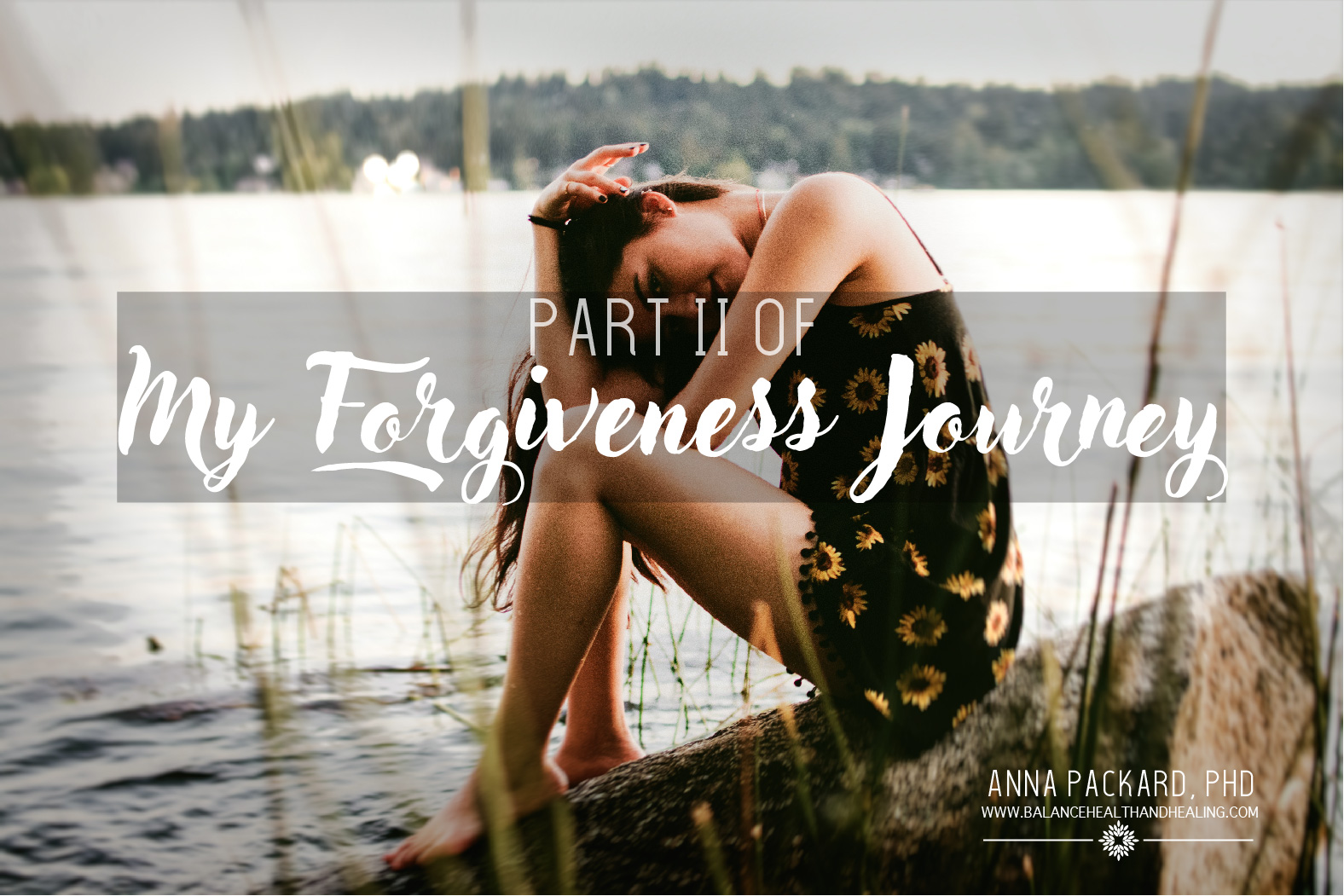Continuing my journey, here are the next three steps the Tutu’s talk about during forgiveness.
Naming the Hurt
 The second step on the fourfold path to forgiveness is to Name the Hurt. “Giving the emotion a name is the way we come to understand how what happened to us affected us. After we’ve told the facts of what happened, we must face our feelings. We are each hurt in our own unique ways, and when we give voice to this pain, we begin to heal it,” (p. 95). Similar to the first step, this step is important as it honors our experience and allows our emotions to move through us.
The second step on the fourfold path to forgiveness is to Name the Hurt. “Giving the emotion a name is the way we come to understand how what happened to us affected us. After we’ve told the facts of what happened, we must face our feelings. We are each hurt in our own unique ways, and when we give voice to this pain, we begin to heal it,” (p. 95). Similar to the first step, this step is important as it honors our experience and allows our emotions to move through us.
When we resist emotions, they persist; but naming them recognizes them and allows them to do the work they were designed to do. This may not be fast. This work will likely feel uncomfortable and painful. This step involves a lot of willingness on our own parts to feel the pain and accept our vulnerability. We move forward from this step when we are ready.
Granting Forgiveness
The third step in this process is to Choose to Forgive. “We choose forgiveness because it is how we find freedom and keep from remaining trapped in an endless loop of telling our stories and naming our hurts. It is how we move from victim to hero. A victim is in a position of weakness and subject to the whims of others. Heroes are people who determine their own fate and their own future,” (p. 121).
I love this notion of moving from victim to hero. I don’t want to be a victim; I want to write my own story. Part of moving from victim to hero is for me to recognize that forgiveness is a choice. And a choice I can decide to make.
In leaning into this step, the Tutu’s advise us to recognize our shared humanity. When we cease to villianize the person that hurt us, and recognize that we too are capable of being selfish, cruel, and thoughtless, this helps to bridge the gap between us. Recognizing our shared humanity does not justify the person’s actions against us but helps to soften us toward them.
We can grant forgiveness in a variety of ways. We can overtly say to the person who hurt us, “I forgive you.” We can choose to not say this out loud but instead can say it in our hearts. We can write it…over and over and over again. We can choose to do something symbolic to move toward forgiveness like writing on a balloon all our hurt and then releasing it into the sky. We can wish the person who harmed us well.
The Tutu’s explain that we know we are moving toward forgiveness when we can begin to tell a different story. We can feel that peace and recognize our shared humanity.
Renewing or Releasing the Relationship
The final step is an important one. When we forgive someone, this doesn’t mean that we have to let them back in our lives. Each context is different and for relationships to be healthy, there need to be boundaries. If you don’t feel you could ever feel safe in that relationship, it is completely valid to let that relationship go. Releasing a relationship can be part of moving from victim to the one who is in charge of your own story.
Choosing to renew the relationship is a personal decision for you to make. When we renew a relationship, the Tutus explain that, “Renewal is not an act of restoration. We do not make a carbon copy of the relationship we had before the hurt or insult. Renewing a relationship is a creative act. We make a new relationship.”
In this step, we identify what we need. Do we need an apology? What boundaries do we need to move forward? Boundaries can be physical (how often we see each other, in what context, etc.) as well as relational (are there topics that need to be “off the table”?). Your decision to renew or release a relationship may be based on whether you can get these needs met.
If we can create that safety and understanding, often our renewed relationships have greater depth, understanding, and compassion than before. The relationship is different than before. And it is stronger than before.
Last Words
The Tutus explain that we may move quickly through some phases and more slowly through others. We may straddle more than one step at a time and require more time to process the work that needs to happen. I appreciate that permission as it frees me from my judgment that I am moving too slowly through this process. I think some people can delve 100% into this process whereas, for myself, I need to take it in bite-sized chunks at a time. After reading this book, I feel more hopeful moving forward.
Reference
Tutu, D & Tutu M (2014). The book of forgiving: The fourfold path for healing ourselves and our world. Harper Collins Publishers. New York, NY.

